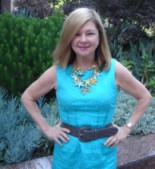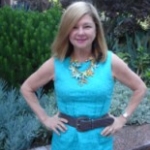
Olga Garay
With a grant from the National Endowment for the Arts' Mayors' Institute on City Design 25th Anniversary Initiative received in 2009, the City of Los Angeles Department of Cultural Affairs (DCA/LA) launched the planning stages for the “Broadway Arts Center” (BAC).
Envisioned as a mixed-use affordable artists’ housing, performance/exhibition space, educational facility, and creative commercial center, and located in the Historic Broadway Theater District in downtown Los Angeles, the birthplace of vaudeville and cinema in the city, the BAC has been embraced by city government and the arts community alike.
In spite of its rich history and tremendous future potential, Broadway is currently viewed as not meeting its potential in a number of different ways. Broadway bustles during the day, but merchants are struggling with a 15–20 percent ground floor vacancy rate. This ground floor struggle is made worse when viewed in the context of more than a million square feet of vacant space in the upper floors along Broadway.
And while some theatres have been reactivated, most of the glorious historic theaters do not offer regular entertainment programming, and Broadway doesn’t serve the needs of the diverse downtown community—especially at night. DCA/LA strongly believes that this situation will quickly turn around when a cadre of artists, professors, and college students, living and working in the area, make Downtown their home.
Led by DCA/LA, the core project team includes the City Planning Department’s Urban Design Studio and Bringing Back Broadway, a 10-year initiative to revitalize the historic Broadway corridor.
Nonprofit partners include The Actors Fund Housing Development Corporation, a service organization dedicated to creating affordable housing for performing arts professionals; Artspace, the country’s premier organization dedicated to developing affordable spaces for artists and arts organizations; Local Initiative Support Corporation, an organization dedicated to helping nonprofit community development organizations transform neighborhoods; and the California Institute for the Arts (CalArts), an award-winning higher education institution dedicated to training and nurturing the next generation of professional artists.
Read More

















